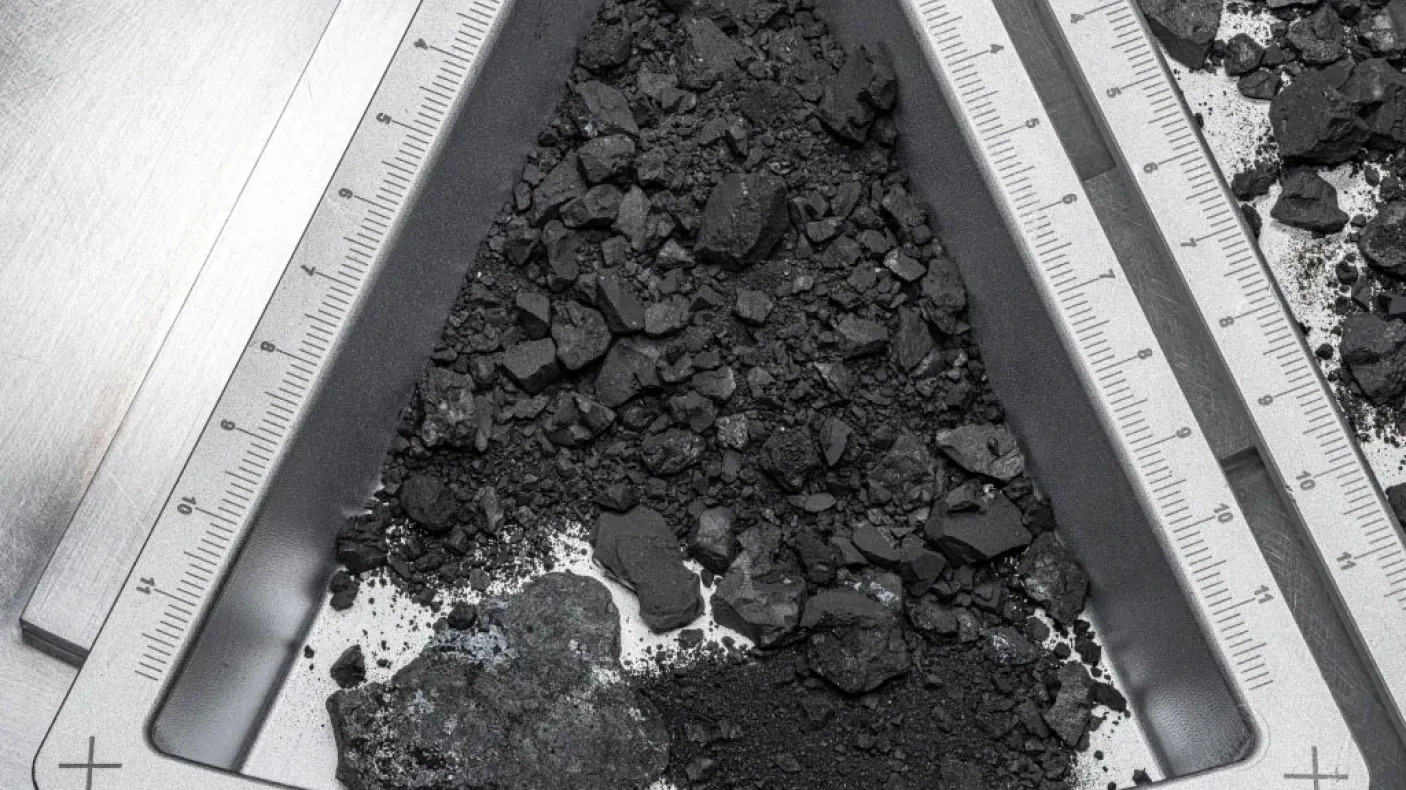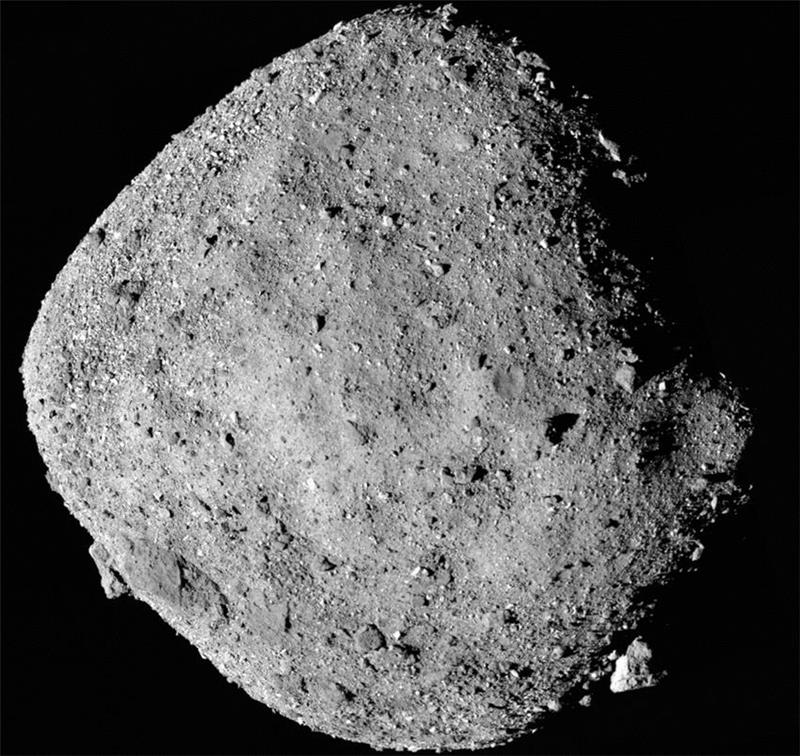Building Blocks of Life
Published
Category
Author

FIRST
Dr. Kim Tait, the Teck Endowed Chair of Mineralogy, tells me not to be scared. The asteroid Bennu might crash into Earth, but not in our lifetimes. And one of the reasons NASA sent the OSIRIS-REx spacecraft to retrieve samples from Bennu, and not some other asteroid, is that better understanding Bennu’s makeup could help scientists of the future deflect the asteroid so it doesn’t collide with Earth.
Even more importantly, the half-kilometre-wide, nearly 4.6-billion-year-old asteroid might offer clues to the formation of life on our planet. Many scientists theorize that, billions of years ago, a Bennu-like asteroid rich with carbon—the building block of life—struck Earth, making the emergence of life possible. Studying samples from Bennu is a way to test this theory.
Just a week before Dr. Tait sat down with me, the first two major papers on the Bennu samples—one in Nature, another in Nature Astronomy—were published. According to NASA, the asteroid’s “rock and dust” contain “molecules that, on our planet, are key to life, as well as a history of saltwater that could have served as the ‘broth’ for these compounds to interact and combine.”
Dr. Tait, who was a co-author on the paper in Nature, says the “salty water brine” was unexpected. “We find these types of conditions here on Earth, but it wasn’t thought to have been in space,” she says, adding that this is one of the reasons why having a pristine sample is so important. “If we had found those results from a meteorite that had fallen, we wouldn’t have necessarily interpreted it that way.”
Yet as Dr. Tait explained, these results, while exciting, are “just the absolute beginning.” For proof, she points to the Apollo missions.
“We brought these rocks back in the ‘60s, and we’re still making discoveries,” she says. “It’s not like we’re just going to look at the Bennu samples once, put them in a drawer, and never look at them again. There are going to be many new discoveries, not only for myself, but for future generations.”
Colin J. Fleming is Senior Creative Communications Strategist at ROM.
Looking for more asteroids? Visit ROM’s Teck Suite of Galleries: Earth’s Treasures, where you’ll find the Tagish Lake meteorite—an ultra-rare, near-pristine sample collected in the Yukon 25 years ago. “It’s not like anything we find on Earth,” says Dr. Tait.




